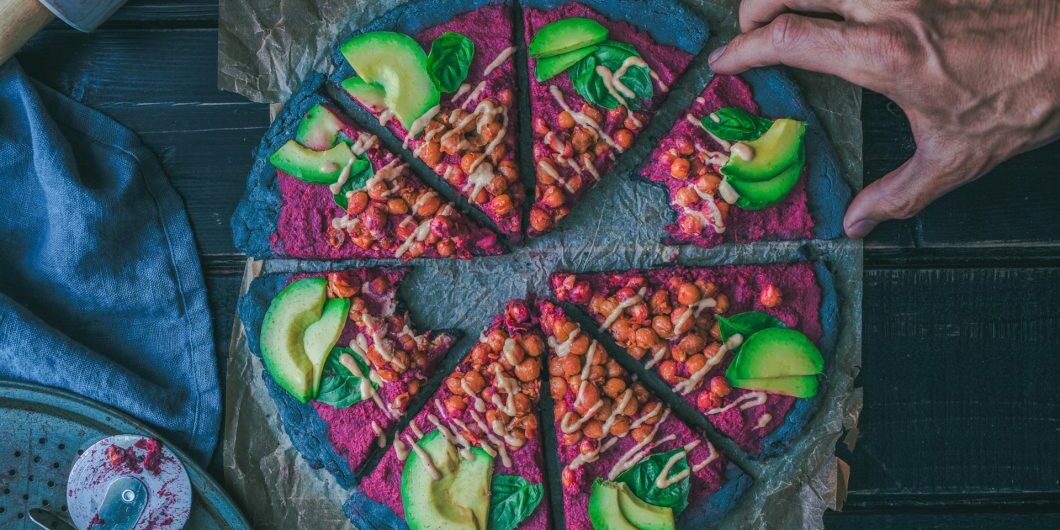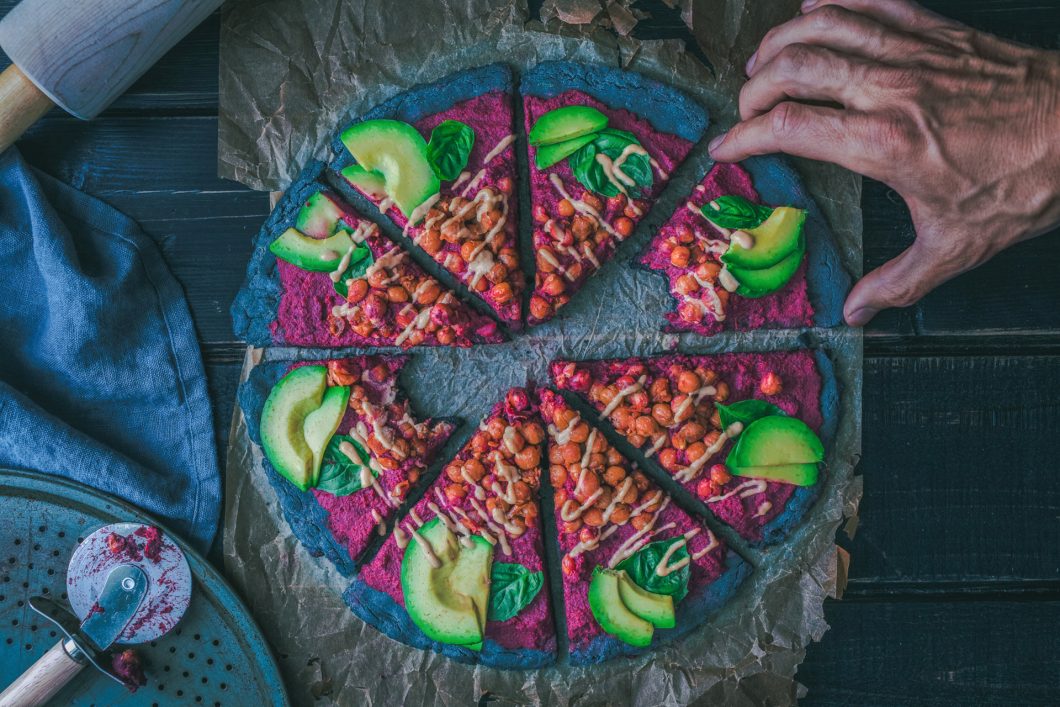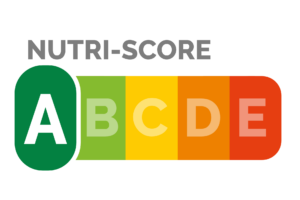Columns • I takt med att hyllorna i mataffären fylls på med hälsosamma alternativ, svalnar diskussionen om matvanor. Men vi borde ändå fundera på varför vissa människor hamnar i en ond spiral av billig och lättillgänglig mat, medan andra frossar i hälsosamma recept och tar sig tiden att laga mat. Frida Westergård kliver ur sin matbubbla och synar sakernas tillstånd.
Just like filter bubbles, where you are mainly recieves news and information like those you are interested in, status and class seem to form food bubbles, that simply reflects socio-economic differences.
Time for enjoyment and healthy choices
In my food bubble everyone eats consciously. The interest in diet and health ibues every choice of food.
Cooking healthy food is a time you take. And eating semi-manufactured or junk food is also an extremely conscious choice, perhaps something you treat yourselves with every now and then. No matter what you put in your mouth, there is a thought behind it.
In the same way, many with me have time to lose themselves in food poorn; that is to set aside a moment to read luxurious food magazines and health blogs.
And we take the time to stroll in the grocery store and review content declarations.
In my bubble it is easy to forget that not everyone has the same time or interest in food.
Creates a cravings and is the cheapest of all
In another bubble, fast food, as a meal at McDonald’s, is not something that you very conscious indulge yourselves with every now and then, but a fast and cheap meal.
The fast food attracts with flavors that are not easy to imitate at home in your own cooking. Especially not if you lack money, time or interest.
In addition, fast food increase the craving for even more fast food. An Australian study shows that rats stop eating healthy food once they get used to fast food.
Fast food creates a spiral with increasing cravings for fast food.
A downward spiral, we say in my bubble. For the cheapest fast food is often nutrient-poor junk food – stuffed with sugar, fat and salt.
Education determines eating habits
The conscious food bubble and the fast food bubble illustrate how segregated food has become. It sounds crass, but is a reality.
In a study from the Swedish Food Agency, Irene Mattisson writes:
The differences between social classes lies in the quality of the food one can afford to buy.
The study also shows that education level is one of the factors that play into people’s eating habits. Likewise their parents’. It is foremost the mother’s education that affects the child’s eating habits.
Differences increase
A report from the Public Health Agency of Sweden shows that the public health in Sweden is good and has improved. But it also confirms the image of inequality in the eating habits of socio-economic groups: A person with a longer education eats more healthily than a person with a shorter education. But the most ominous thing is that inequality is increasing.
Social change for the sake of public health
Changing eating habits is not a matter at the individual level. Not only. Change also requires measures at the societal level, such as equalizing differences between different socio-economic groups.
Above all, we must stop thinking and talking about food as a choice one make oneself. It is to simplify the reality, because people’s eating habits are founded long before they are born.
Please, share this article if you liked it.
[et_social_share]









